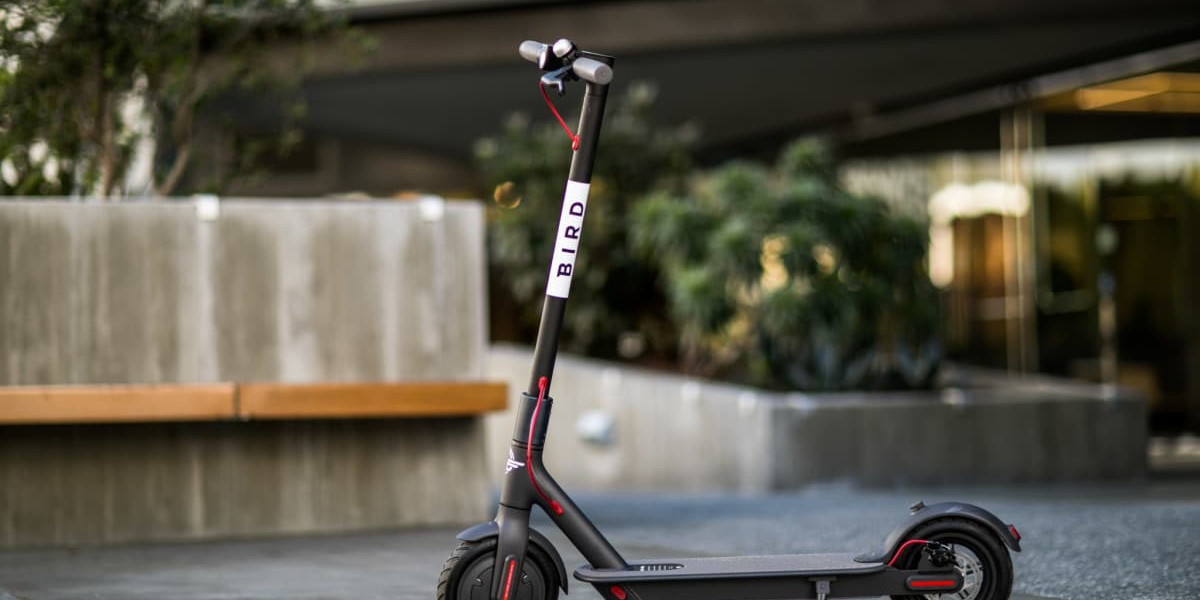The Rise of Shared Electronic Scooters
In the last few years, electric scooters have seemingly appeared overnight in many major cities around the world. Pioneered by startups like Lime and Bird, shared electric scooter programs allow users to locate and unlock scooters using a smartphone app, take short trips within city limits, and end their ride by leaving the scooter in a public area for the next rider. By removing the high upfront costs of ownership, these shared models have made e-scooters highly accessible as a solution for "the last mile" of commutes. Nearly 40 million rides have been taken on shared scooters since 2017 according to the International Association of Transportation Regulators.
Benefits for Sustainable Transportation
E-Scooters provide an environmentally friendly alternative to fossil fuel-powered modes of transportation like cars, buses, and taxis for short trips. They are also more space and energy efficient than bicycles for urban travel. By giving riders another car-free option, scooter sharing helps alleviate traffic congestion and air pollution in dense city centers. Several studies estimate that each vehicle mile replaced by an electric scooter trip leads to a savings of approximately 1 pound of CO2 emissions. As micromobility becomes more popular, it could meaningfully reduce greenhouse gas emissions from transportation which accounts for nearly 30% of total U.S. emissions according to the EPA.
Improving Transportation Equity
The access provided by shared electric scooters addresses several transportation equity issues in cities. They fill important "gaps" in existing public transit networks by connecting riders to buses and trains for the "first and last miles" of their commutes. For lower-income residents without access to a private vehicle, e-scooters provide an affordable way to travel within their community for grocery shopping, medical appointments, and other daily needs. Several scooter programs partner with municipalities to expand service in underserved areas and offer discounted or free rides through subsidy programs. However, more work is still needed to make sure micromobility options are equitably distributed and accessible to all.
Safety Considerations and Regulation
With the rise of shared electric scooters also came debates around rider and pedestrian safety. Common concerns include improper sidewalk riding, impaired operation, lack of safety gear like helmets, and scooters blocking public pathways when inappropriately parked. While e-scooter related injuries appear relatively minor compared to other modes of transportation like cars per trip according to studies, head injuries remain a risk without helmet use. Proper infrastructure like protected bike lanes as well as coordinated regulations are crucial for safety. Many cities now require riders to follow rules like maximum speeds, no sidewalk access, and designated parking zones through local ordinances and permits for operators. Continued data sharing between companies and municipalities will also help inform further guideline development.
Get more insights on Electric Scooters
Naijamatta is a social networking site,
download Naijamatta from Google play store or visit www.naijamatta.com to register. You can post, comment, do voice and video call, join and open group, go live etc. Join Naijamatta family, the Green app.
Click To Download


